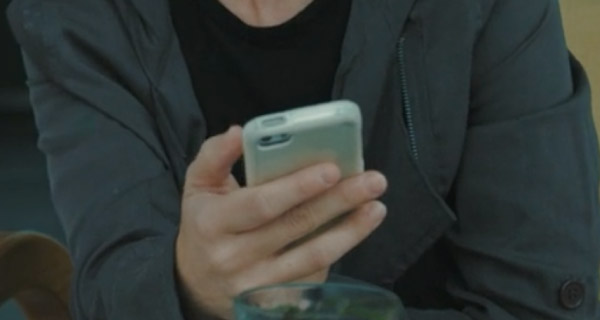Perhaps you’ve seen Day of the Dead paintings, skulls sporting hair curlers, smoking cigarettes, or skeletons wielding monkey wrenches or briefcases. Skeletons appear from all walks of life, from dancing Carnivale girls to somber priests.
The sheer variety of costumes worn by the skeletons makes people think of the Day of the Dead as a Mexican Halloween, but the truth is the holiday dates back centuries to the Aztecs. The origins are apparent in the skull imagery, as the skull was a prominent Aztec ritual item.
History
To the Aztecs, life was a dream and dying meant joyously waking to reality. The passing of a loved one was not to be mourned. The festival celebrates the spirit of those who’ve gone before, by honoring them with an altar, making their favorite foods and offering them their favorite beverage. The Day of the Dead is still celebrated (around November 2) in rural areas of Mexico by going to the cemetery and decorating the grave of the beloved departed. An altar is set up and covered with colorful fabrics, flowers and the light of flickering candles. Images of the dead and saints are arrayed among special, symbolic foods. Many towns have celebrations in their plazas where numerous families and onlookers gather.
Celebrate!
Traditionally, dancing, music and singing took place in front of the altar to give the spirit an energetic, rousing welcome back to their former home. Tequila is broken out and the dead are toasted and remembered fondly. The family dances together to celebrate the fleeting pleasures of life, the joy of the movement and the simple appreciation of the connection to the living and the dead. After things naturally wind down, it’s time for the feast. The spirit is included in the feast and honored by the sharing of food in their honor. No tears are shed because the spirits have returned and deserve a welcoming party – the spirits want to have fun.
Build your own altar
In the cities of Mexico, people build their altars in their homes. You can easily make an altar yourself by setting up some boxes of differing heights and covering them with colorful (non-flammable) fabric. Place the picture of your loved one at the highest (most central )point of the altar. Then, arrange pictures of them at happy moments during their life around the main picture. If the departed was religious, add prints or statuettes of their patron saint among the photographs – or anything that reminds you of them.
Next, place beeswax candles in fire-safe holders among the frames. Copal incense is the traditional addition to the altar, but you can substitute a scent if your loved one preferred a special fragrance. Then add small plates and glasses of their favorite foods and drinks on the altar. To finish, mound marigolds (the special “flower of the dead” – their scent is said to attract spirits) around the other elements of your altar and you’re finished with the decoration. Light the candles on your altar every night and pray to your loved one who has passed.
By celebrating those who came before you, you celebrate your part in the cycle of birth, death and rebirth. Honoring those who made your life possible is a wonderful way to acknowledge our debt to death.
Are you in touch with the spirits in your life? Talk to one of our intuitive psychics. Call
1.800.573.4830 or
click here now.



